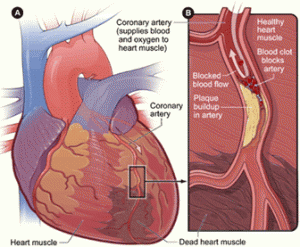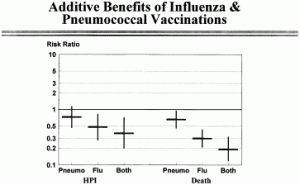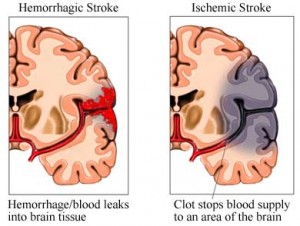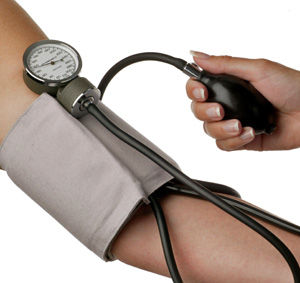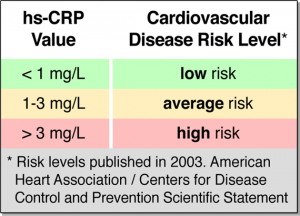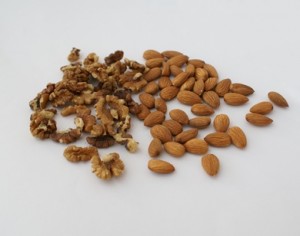
High blood pressure on the rise
Dr. Hajjar, of the University of South Carolina in Columbia and Dr. Kotchen, of the Medical College of Wisconsin in Milwaukee have compared a large group of people in the US in the years 1999-2000 with prior studies in 1988-1991and 1991-1994 where peoples’ blood pressures were measured.
The latest study involved more than 5000 people, the prior studies more than 9000 people each. Almost 29% of the population has a blood pressure of 140/90 or higher in the latest study.
Compared to the 1988-1991study this is a significant increase of 3.7%. More than half of this was explained on the basis that the population’s weight (measured by body mass index calculation) had increased. The sub groups who had the largest increase in blood pressure were as follows:
1. diabetics with high blood pressure. In this high risk group only about 25% had a blood pressure readings of less than 130/85, which is the target value.
2. Mexican Americans had a significantly poorer awareness and control of their elevated blood pressures than the non-Hispanic whites and non-Hispanic blacks.
3. Women as a group were poorer in blood pressure controlling than men.
4. People above the age of 60 had a much higher rate of uncontrolled blood pressure as well.
The study concluded that by concentrating campaigns and efforts on these four target groups significant gains could be made in terms of control of blood pressure, reduction of strokes, heart attacks and kidney damage.
Here are some links regarding high blood pressure, prevention of strokes and heart attacks to various chapters of my nethealthbook.com:
Last edited October 26, 2014

